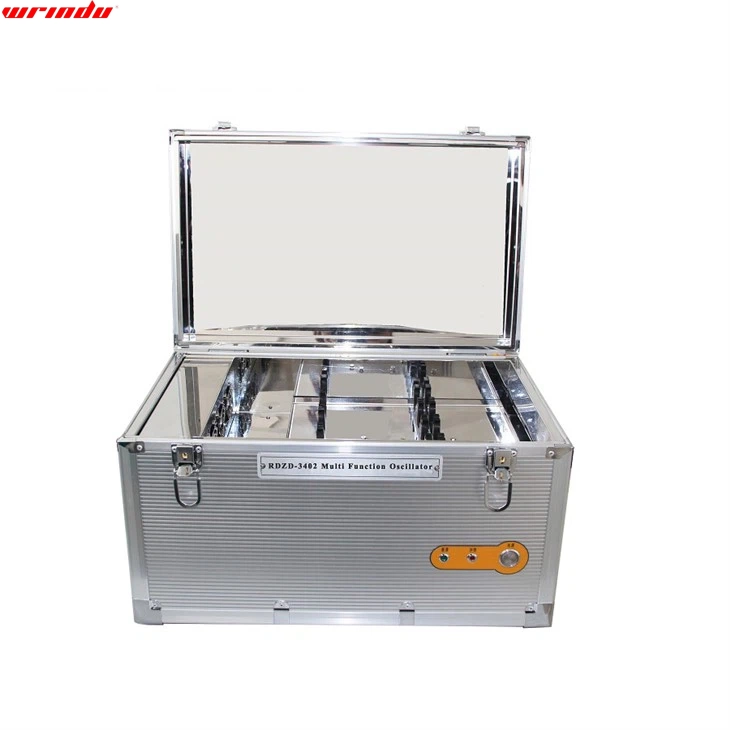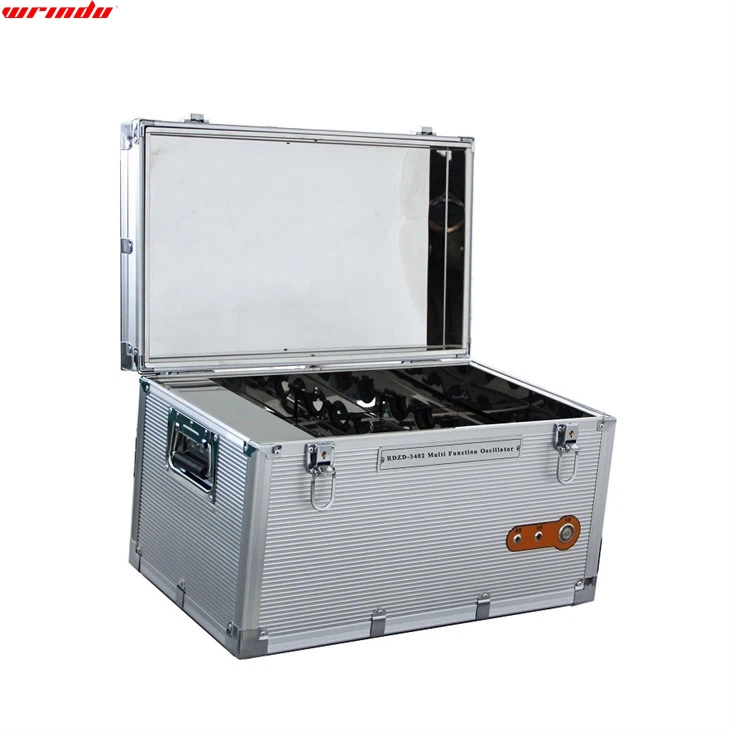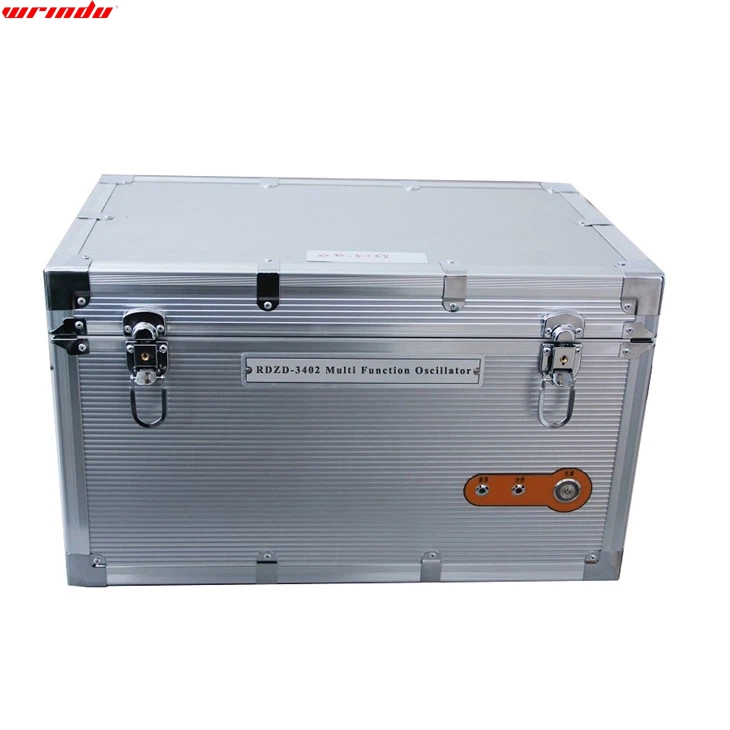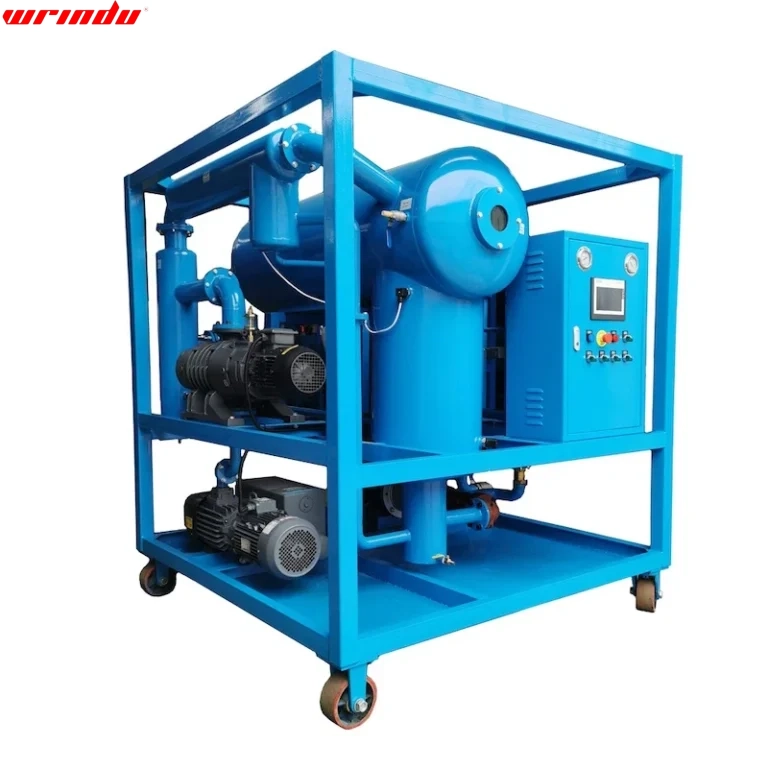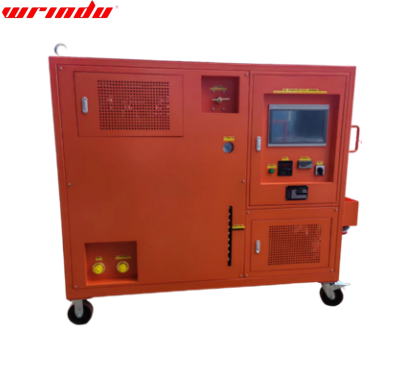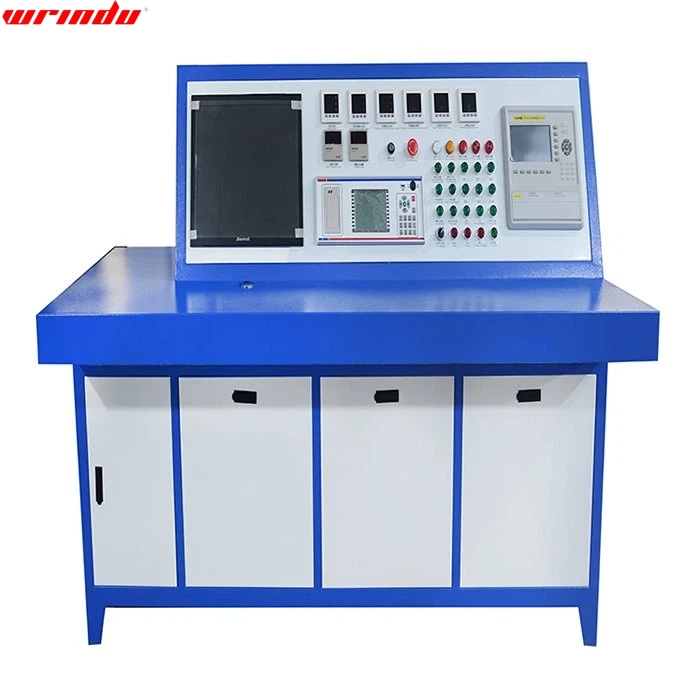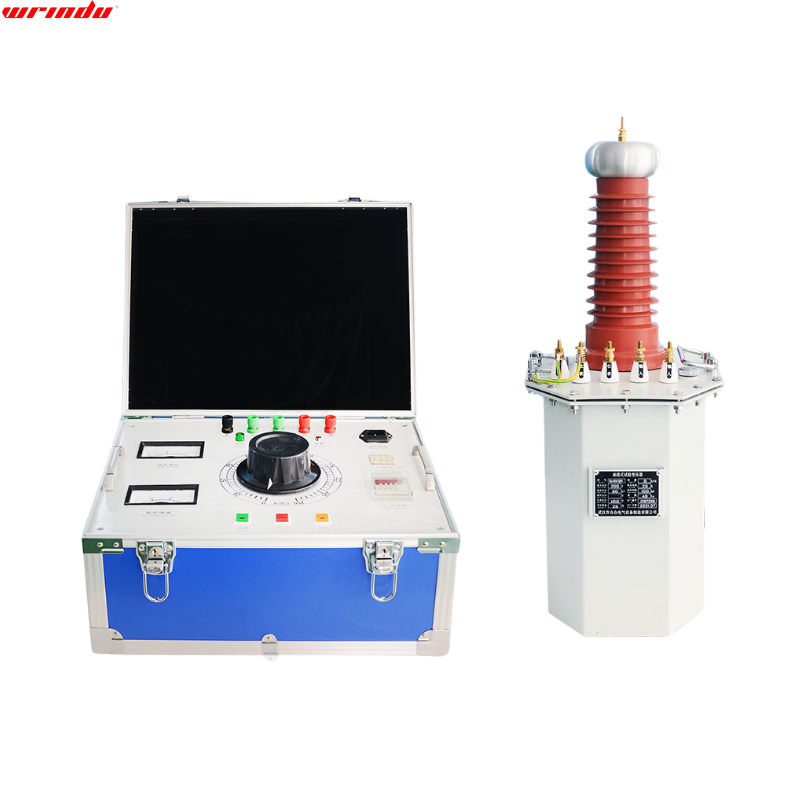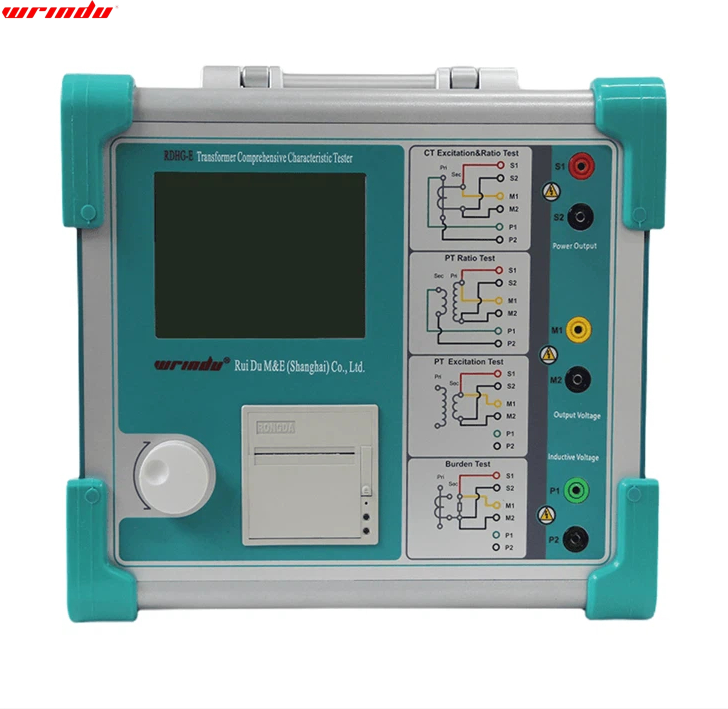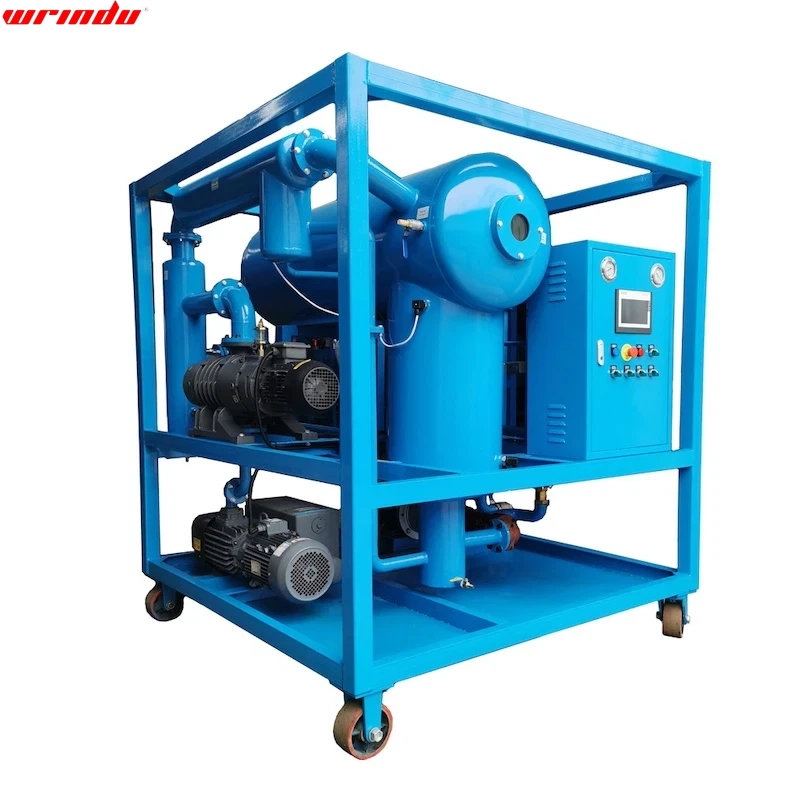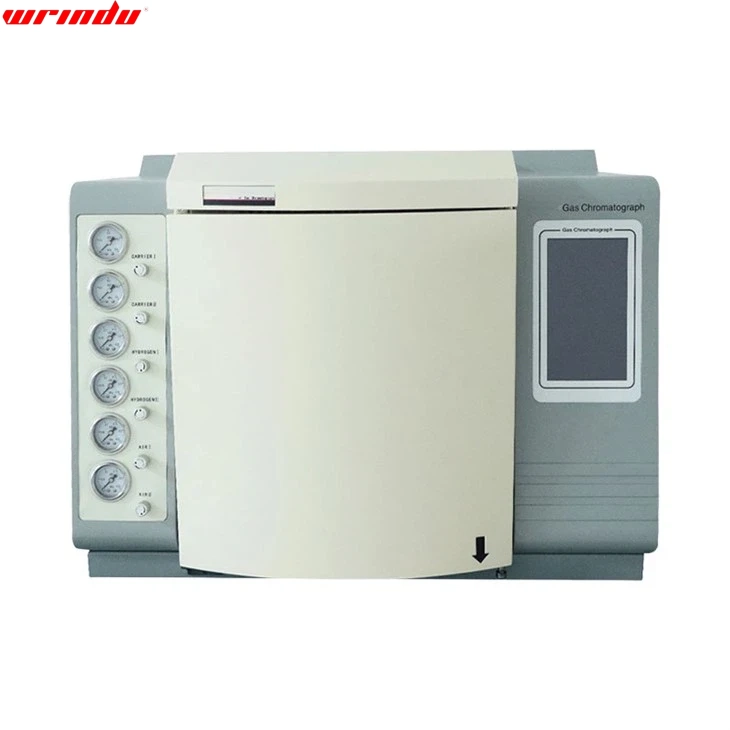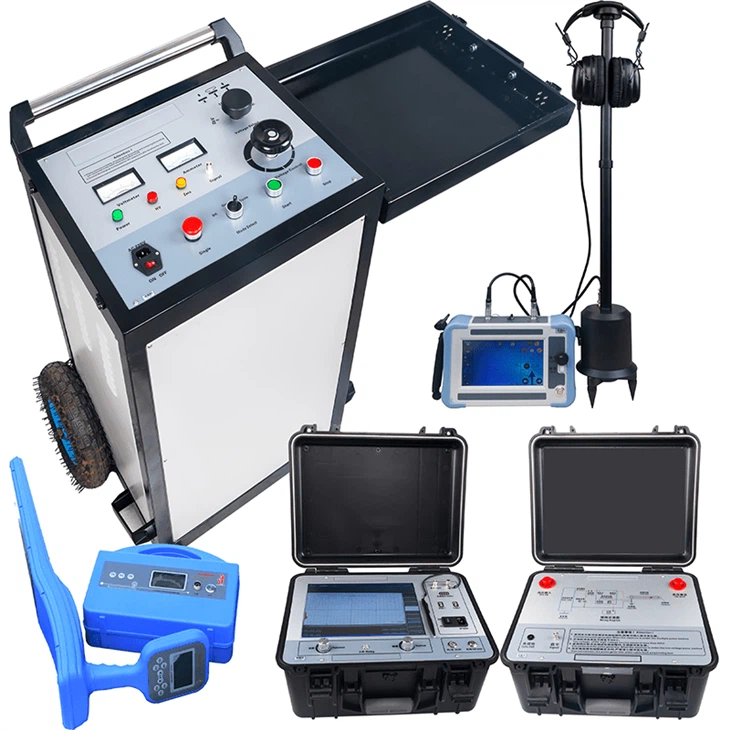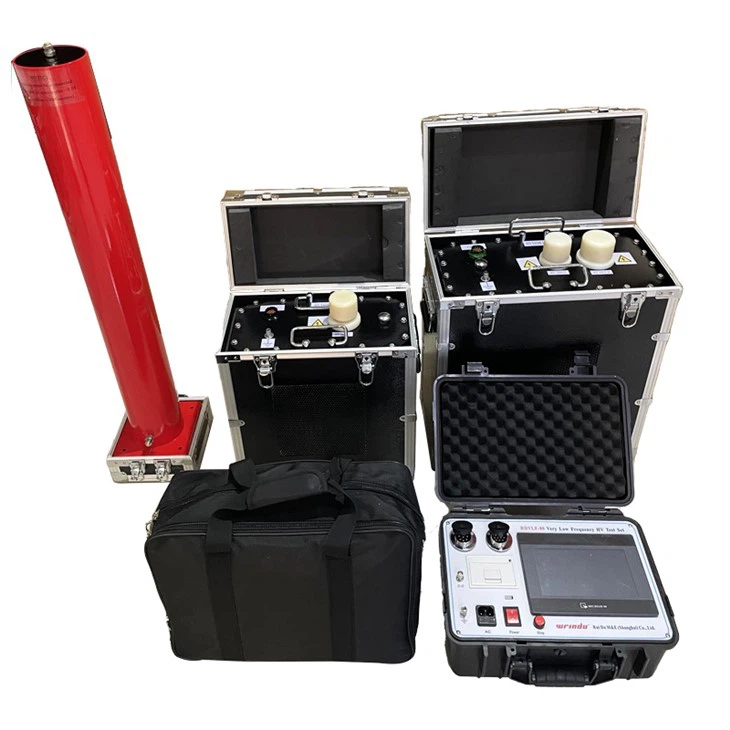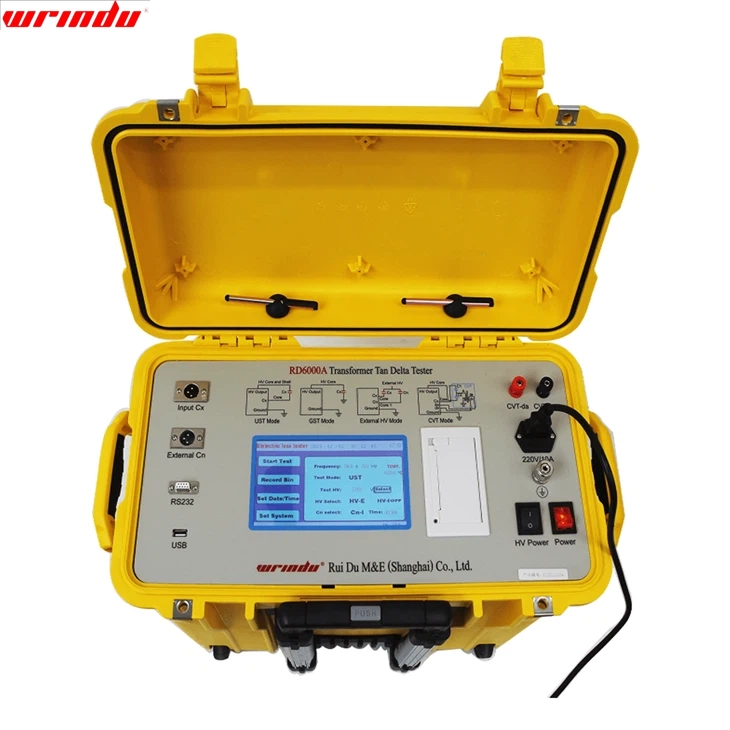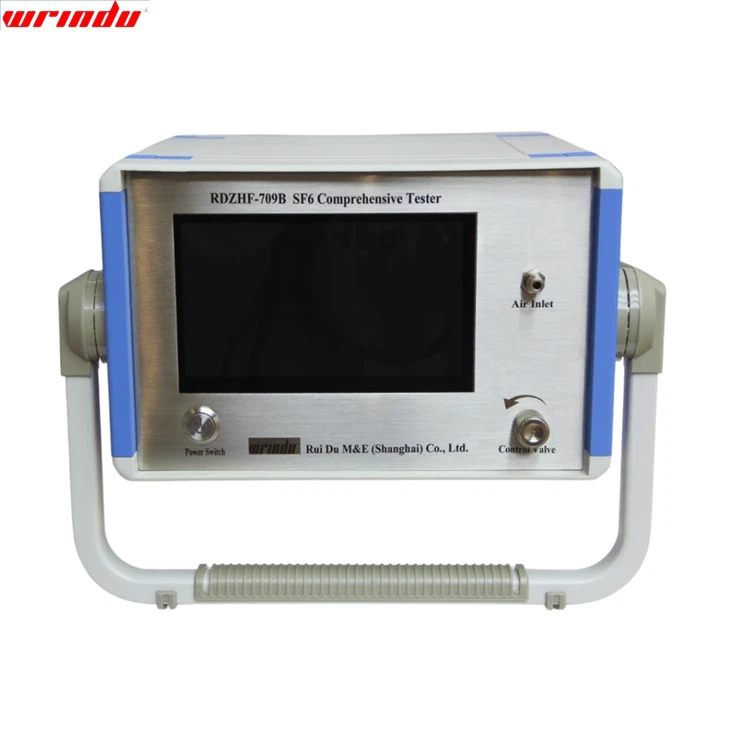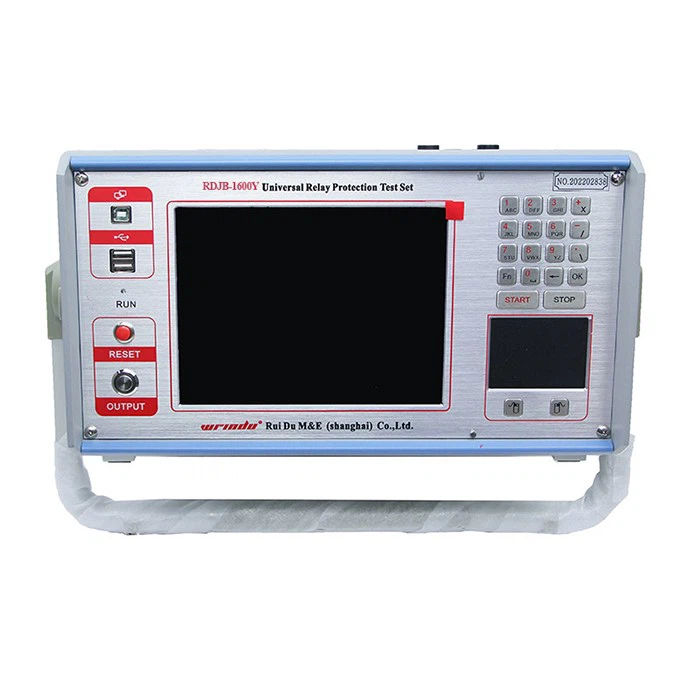OVERVIEW
The RDZD-3402 fully automatic transformer oscillator is a new generation of portable physical test oscillation equipment suitable for outdoor field test scenarios. The instrument is specially designed for gas chromatography analysis of insulating oil and has the functions of constant temperature and timed heating, oscillation and degassing of transformer oil. It adopts a microcomputer program control system and integrates PID temperature automatic adjustment technology to achieve high-precision temperature control; at the same time, it has the characteristics of compact size, lightweight, low noise operation, etc., providing efficient and convenient technical support for outdoor test operations.
CHARACTERISTIC
• The transformer oscillator uses advanced PID temperature control technology to ensure accurate temperature regulation;
• Compact design, lightweight and portable, easy to move at any time;
• Extremely low noise during operation, providing a quiet and comfortable user experience.
For more information about oil chromatography equipment, please click More.
To request the latest quotes, please click Contact Us.
FAQ
Q: What are the three types of oscillators?
A: Oscillators can be classified by frequency into three types:
- Low-Frequency Oscillators (LFO): Up to 20 kHz, used in audio applications.
- Audio Frequency Oscillators: 20 Hz to 20 kHz for audio signal generation.
- Radio Frequency Oscillators (RFO): 100 kHz to 100 MHz, used in radio transmitters and receivers.
Q: What is the function of the oscillator?
A: The function of an oscillator is to generate a periodic electronic signal, usually in the form of a sine or square wave. It converts a DC signal into a periodic AC signal, which can be used to set frequency, generate audio signals, or provide a clock signal.
Q: How does oscillation work?
A: Oscillation occurs when energy moves back and forth between two forms-for instance, energy shifts between potential and kinetic energy in a pendulum. At one end of its swing, the pendulum has all possible energy, ready to fall and convert into kinetic energy.




